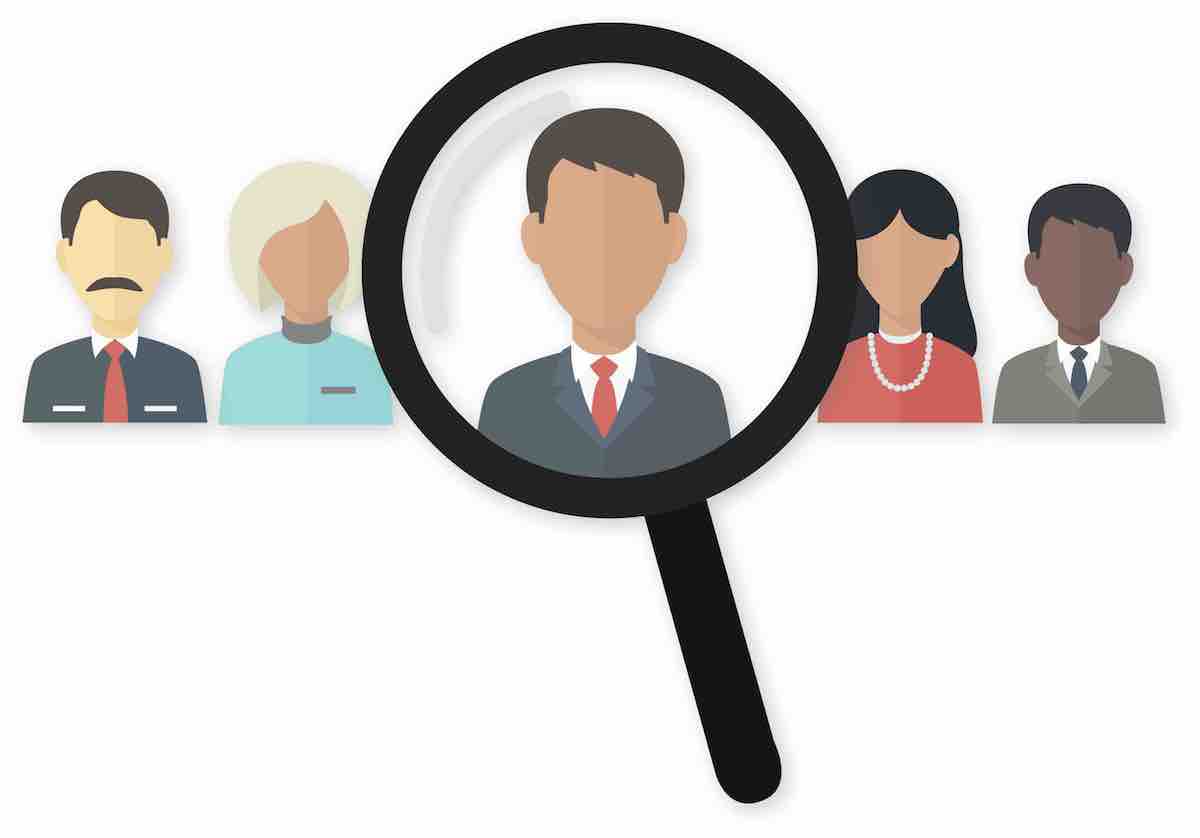
Customer analysis - How to analyse your customer
Home » Marketing » Customer Analysis
Customer Analysis
July 19, 2021 By Hitesh Bhasin Tagged With: Marketing
Customer analysis is a way of analyzing and using customer data while strategizing an organization’s business plan. Customer analysis is a key element of customer acquisition strategies of marketing and advertising campaigns. It provides valuable insights about your prospective customers (like their purchasing behavior, preferences, demographics, decision making, etc), so you can segment customers while running marketing campaigns of a product or service to optimize sales growth and customer retention
You can only fulfill the customer’s requirements if you know what the customer wants. When you understand your potential clients, you determine who your target customers are and decide how you will attract them to buy your products. The key objective of customer analysis is to gain insight and have a deeper understanding of buyer persona to optimize the company’s business plan and brand positioning in a personalized and result-driven manner.
Table of Contents
What is Customer Analysis?
Definition: Customer analysis is defined as the inclusion of qualitative and quantitative research methodologies used for understanding customer’s journey and their buying behavior to optimize the decision making process to make a successful marketing plan.
It tells the customer needs of your active customers, current customers, or new focus groups to offer products and services in a customized manner for enjoying increased sales and optimized brand loyalty.
Customer analysis helps in-
- Identifying who your customers are
- Finding out their needs and their pain points
- Making profitable segments of customers as per similar traits and customers behavior
- Creating a profile or buyer personas of your ideal customer(s)
- A better understanding of purchasing decisions patterns of new customers
- Designing personalized content and marketing strategy on best-suited marketing channels
- Extended decision making by suggesting significant modifications so product or service meets customer needs
Importance of Analysis of Customer Base
Customer Analysis is described as a way to comprehend clients, customer base, or target market of a business to optimize marketing efforts and customer acquisition. It is an essential function of marketing analysis.
Customer analysis takes place when a company researches its potential customers and their requirements. Customer analytics, as well as customer surveys, are the focused studies of the customer behaviors that come into play while addressing the pain points of target audiences and boosting total sales.
Before the customer starts to buy, businesses examine certain factors to find out the buying criteria of their target audiences. Total market capacity would be among the most critical estimations. Other factors considered are the marketplace, choices, economic situation, cost elasticity, etc.
The aim is to know the preferences of the significant number of target customers and why would they choose your product. What would motivate them to purchase your product?
Through buying behavior of the customers, businesses pay attention to the ways customers focus on the products or services, and accordingly, they decide their segmentation criteria to run personalized campaigns to target audiences of specific segments like geographic location, age range, inclinations, etc.
Customers tend to select products or services that have a good brand image and are positively reviewed by other customers. Customer analysis helps in guiding businesses in fulfilling the specific needs of the target audiences.
Behavioral Analysis of Customer Base – Analyzing Purchase Process and Patterns
Customer Analysis at times needs a detailed understanding of how exactly a customer decides to buy a product. It is not as easy as it seems. It requires a thorough study of the customer’s buying patterns.
Through this analysis, a firm tries to understand the customer by determining certain elements, such as –
- The steps that the customer takes in determining the product
- The information sources are considered by the customer while deciding the product to buy
- The amount of time the customer takes to determine their purchase
- Would the customer consult other people before purchasing the product
- The person who makes the final decision
- Does the target customer seek multiple bids
- Do some customer segments need modification in product or service
Behavior analysis can additionally concentrate on activities, like the kinds of products that were bought. It identifies the number of times the products were purchased and the time interval in which they were purchased.
To distinguish the shopping patterns and preferences of the customers, one must have an answer to the following questions-
- The purpose/event for shopping?
- How many times will the customer buy the product?
- The frequency of the purchase and the time interval between two purchases?
- The total number of goods acquired?
- How much time did the customer take to decide what to buy?
- Where did the customer buy the product, and where do they use it?
Steps to Conduct Customer Analysis for Optimizing Marketing Efforts
Customer Analysis is a time-consuming task and requires a proper execution strategy. Below are the steps of customer analysis –
1. Examine your current customer database and segment customers
The first step would be to understand the data of your existing customers. The preferences of your existing customers can help you understand their likes and dislikes. They can be segregated into different sections based on their age, gender, location, choices, income, frequency of buying, etc.
Dividing the customers into different groups will help to focus on one group at a time. That would help gain the attention of the potential customers and will help in boosting the business.
Different categories in which your target customers can be segmented are-
- Demographic such as age (range), income, gender, etc
- Geographic segmentation which is location-specific
- Psychographic segments based upon values, interests, beliefs, personality
- Technographic segments that depend upon the device/platform a customer is using
- Behavioral segmentation methods associated with the habits and frequent actions
- Needs-based segmentation criteria related to the needs that a product satisfies
- Value-based segmentation generally measured by Customer Lifetime Value (CLV)
- Industry based segmentation related to the industry the customer belongs to
- Business size segments based upon the number of employees or the revenue size or the average sale size
2. Recognize your potential target market segment & valuable customers
The second step is to identify your important customers. The customers that are most likely to get attracted to your products should be your focus. Through analyzing customer behavior patterns, you can find your target customers.
As the Pareto Principle suggests, for a company, around 80% of the business comes from 20% of customers, so it is crucial to find out your valuable customers first. Some of the customer metrics that will help you in checking the patterns in your customer database to measure customer retention are-
- Customer Lifetime Value (CLV)
- Repeat Purchase Rate
- Customer Retention Rate
- Redemption Rate
You may also try some of the key methods to measure customer loyalty towards your brand. You can do this by using the following methods-
- Repurchase Ratio
- Customer Loyalty Index (CLI)
- Upselling Ratio
- Customer engagement numbers
Customer database can also be used to find out valuable insights about the personal information of target audiences to know their age and background, so you can use the right ways of communicating with those audiences.
3. Communicating with new and existing customer
It is essential to create a bond with your customers that they do not forget. A customer stays loyal to a brand, through which they have received excellent products and their requirements were acknowledged by the brand efficiently.
You need to know what the customer wants precisely to target them. It would not be possible without talking to the customer themselves about their experience. Customers tend to trust brands that constantly improve according to the customer’s suggestions.
Some of the methods you might try to communicate with your customers during a brand meet are-
a. One-to-one interviews
It lets customers share their side of the story behind their purchase decisions as well as their issues or pain points that impact their buying behavior.
b. Customer focus groups
Focus groups incorporate a selection of customers in a room with whom businesses discuss specific topics.
c. Usability study
It is used to observe how the use of a product or service by a few customers can uncover the issues associated with a product or service of a brand.
4. Collect voices/opinions of existing and new customers from the field
Interviews may have some sort of selection biases, therefore, businesses might try to collect customer voices or opinions directly from the field. Some of the ways you can try for this are-
a. Service conversations
The customer services or support departments are perfect for channelizing service conversations with customers in the field. Here, pain points, pain points, improvement/modification suggestions can be directly taken from customers. Use of live chat or support emails can also assist in this.
b. Social media – sentiment analysis
Businesses can also use sentiment analysis on social media channels. The use of unrestricted surveys on social media forums can be quite useful in this. Different tools like Brandwatch, Lexanalytics, Critical Mention, etc can be helpful in this.
c. Review sites
Different review sites like Capterra and G2 can also provide more concrete insights in comparison to the social media forums.
d. Conduct survey
Since talking to customers as well as collecting customer voices from the field are qualitative ways of gaining customer insights, running surveys is considered a quantitative way of finding customer sentiments and inclinations. methods. Different ways of conducting surveys are In-app surveys, Long email surveys, Post-service surveys, etc.
e. Conjoint analysis
This one is known as a choice-based survey method that asks target audiences to give a value to a product or service feature by using some hypothetical questions. Some of the resources that can help you in this are QuestionPro, Conjointly, Qualtrics, etc.
5. Identify how your brand can satisfy the customer’s needs
After understanding the customer demands, the subsequent step would be to implement measures to meet the customer’s needs. Finally, resolve the issues the customer might be facing. The goal is to enhance the customer experience as much as possible.
The next step after segmenting your customers is to use all the insights from the above steps to create customer personas of your target customer(s). These buyer personas include the details about your customers’ demographics, behavior patterns, motivations, goals, pain points, etc.
Making a customer journey map as per the change in the behavior of customers at different stages of their journey is another important step businesses need to take here. You can understand the customer journey map as a visual representation of different touchpoints and interactions customers go through to make their purchases.
For creating customer journey maps, you should list all the touchpoints and all possible actions along with the charting of emotions for every action and identifying pain points for each of the customer personas.
Role of Customer Profiles in Customer Analysis
Considering several factors like age, gender, location, background, income, choices, hobbies, language, and education, businesses can create customer profiles.
Every customer will be placed in separate sections to which they belong. What these customer profiles would do is, it would help the brand to focus on a specific group at a time, recognize their needs, identify their problems and solve them.
In addition, it helps in creating a clear picture of the requirements of the customer, hence it will alleviate the tasks of creating buyer personas.
Benefits of Customer Analysis
1. Boosts marketing performance via personalized content
Customer analysis helps in determining the proper steps to be taken to build up marketing strategies. Knowing about a customer will result in understanding what would attract the customers and what wouldn’t.
2. Customer loyalty and customer retention
It is required to understand what can cause the customers to move away from the brand. Customer Analysis enables us to understand what the buyers prefer. Having loyal customers help in increasing profits.
3. Revenue Increase
Meeting the customer demands would result in the overall growth of the company. In addition, it would lead to a boost in sales which means the revenue would increase.
Conclusion!
Applying principles of customer analysis to your business will optimize your business performance and make it more result-driven in the following ways-
- Through detailed Customer Analysis, you can get to understand customer behavior and their shopping patterns, as it helps you learn about your target customer to the core.
- Dividing the customers into separate groups is beneficial since it will help in strategizing a marketing plan for a specific group at once.
- The customer data is divided based on several factors like age, location, gender, language, etc., and then their requirements are identified.
- Personalized marketing campaigns will lead to customer loyalty that will help in prospering the business.










